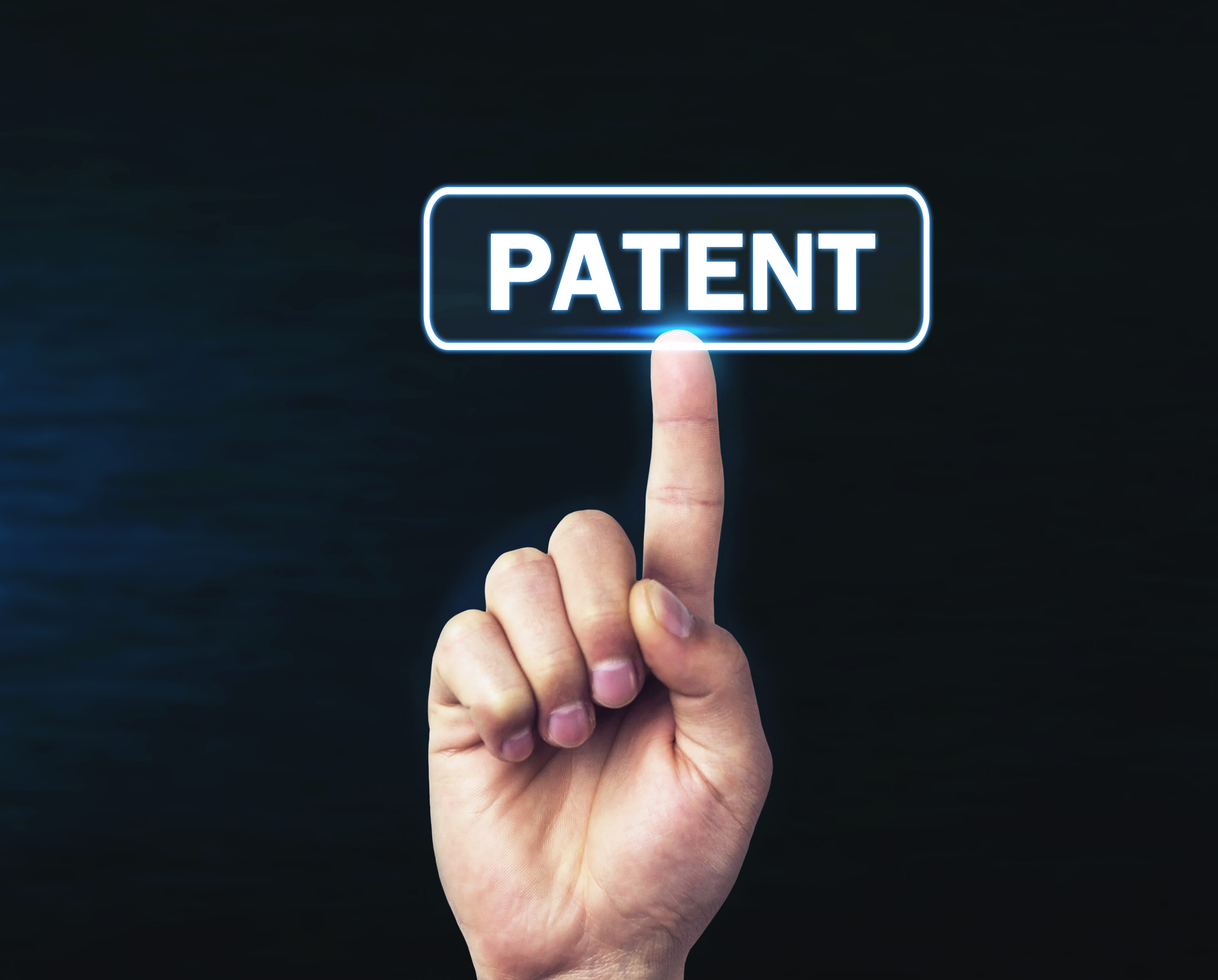To protect a novel and beneficial invention, you should consider obtaining a patent. However, it’s crucial to understand that patent eligibility has specific and rigorous criteria. Prior public disclosure of your invention can typically prevent patent approval, though some exceptions exist. For further information, please continue reading and contact an experienced Orange County, California Patent Lawyer.
Can I Apply for a Patent If My Invention is Already Publicly Disclosed?
Novelty is a key requirement for patent eligibility. Your invention must be new and not previously known to the public. Prior public disclosure can jeopardize your patent rights. The scope of what is considered prior public disclosure is extensive. Public disclosure includes, but is not limited to:
- Publications in papers, articles, or books
- Presentations at conferences, trade shows, or exhibitions
- Sales or offers for sale of the invention or products containing it
- Posting details (videos, photos, descriptions) on social media or websites
- Disclosure to individuals without a confidentiality agreement
Understanding what constitutes prior public disclosure and taking proactive steps to maintain the confidentiality of an invention until a patent application is filed is vital for securing and preserving patent rights.
What Circumstances Allow Me to Patent an Already Publicly Disclosed Invention?
Depending on the unique circumstances of your case, it might still be possible to obtain a patent even after public disclosure. Several circumstances could allow for this:
- Filing within the one-year grace period: In the U.S., a patent applicaiton filed within one year of your public disclosure may be permissible. However, this grace period has limitations and might not protect against all other disclosures.
- Filing before public disclosure: The first-to-file rule prioritizes the first inventor to file. Nonetheless, filing first doesn’t automatically guarantee a patent, as the invention still needs to meet certain criteria like utility, non-obviousness, and enablement.
- Non-enabling public disclosure: If your disclosure lacked sufficient detail for a skilled person to create or utilize your invention without excessive effort or experimentation, it might not prevent patenting.
- Accidental or unauthorized public disclosure: If the disclosure was unintentional or made without your consent, the invention could still be eligible for patent protection.
If you publicly disclose your invention internationally, you must check the specific laws of each country to understand your patentability options. Unfortunately, many countries lack grace periods. This means they may not allow patents for previously disclosed inventions.
As you can see, applying for a patent for an already publicly disclosed invention can prove challenging. That’s why it’s in your best interest to consult with an experienced lawyer from Burns Patent Law before you disclose your invention or file your patent application.

